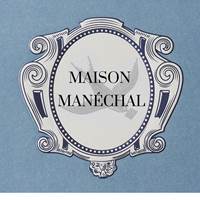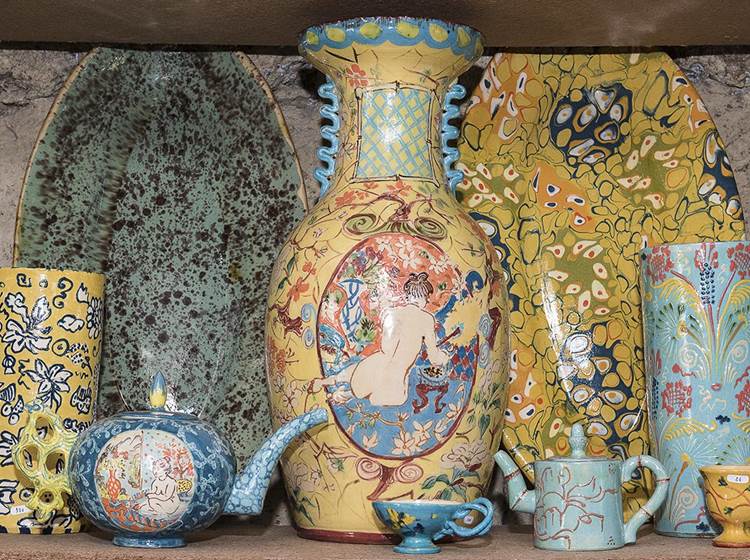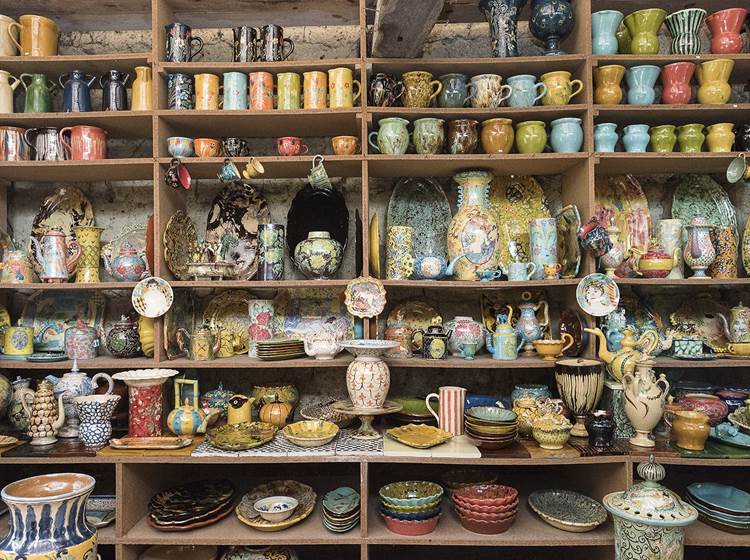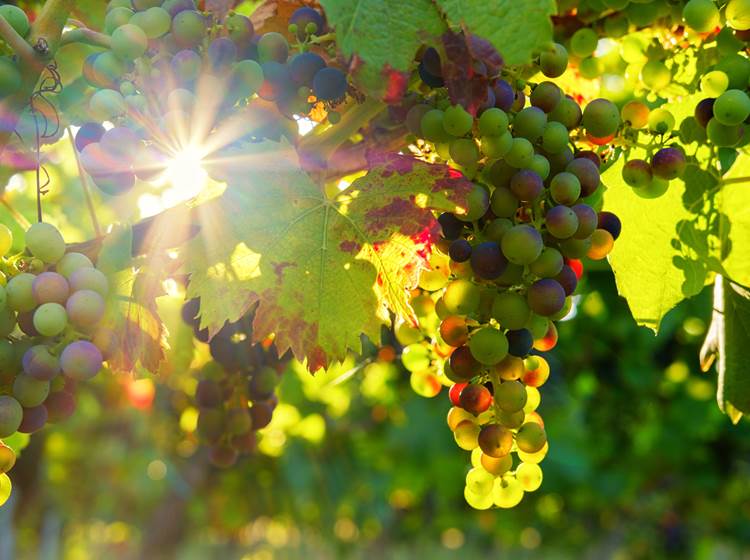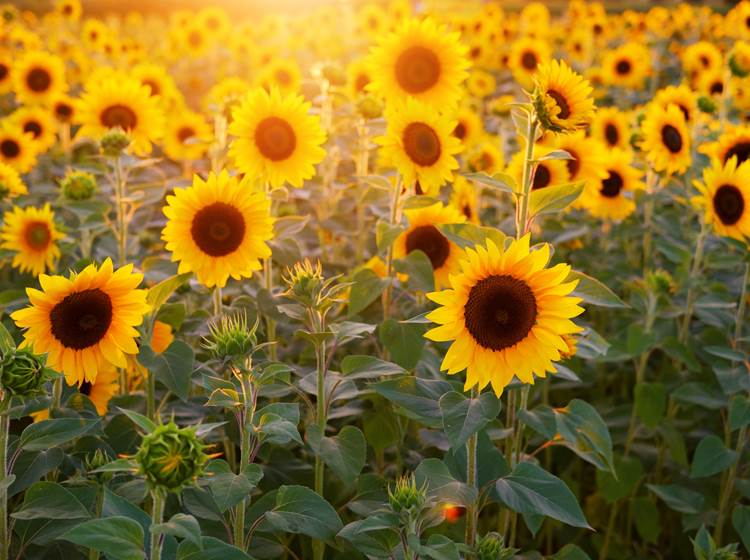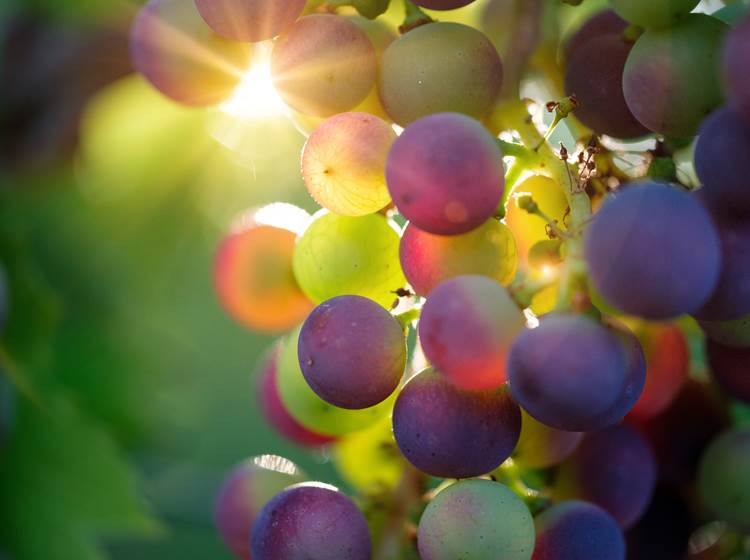Monfaucon sits on a long ridge formed by the grinding of ancient rocks as glaciers scoured their way from the Pyrénées to the sea at Bordeaux. Manéchal sits halfway down one side of this ridge. A walk around the village is a succession of steep climbs and descents – perfect for the cardiovascular system. Turn left out of the gates and down the hill; you will go past the house of Claude Laniesse, our famous potter, the only living ceramicist to have had an exhibition at Sevres Museum in Paris, whose exquisite garden has been featured in many glossy magazines. If the gate is open, you are free to go in and look at his exotic wares, but beware, you will be tempted to buy these fabulous creations. You will, though, have to speak French. Next door is the long-serving and always helpful mayor, Roland Dubertrand, who lives in the oldest house in the village. At the cross at the bottom of the hill, retrace your steps up rue de la Mongie and climb up the hill past Manéchal and turn left at the little crossroads at the top. This takes you to the old heart of the village, now a shadow of its former self. The Monfauconnais – the denizens of the village of Monfaucon – have witnessed more than a bit of history over the centuries.
Continue up past the church to the very top of the ridge. This is where the old 'citadel' once stood. It was sacked by the Black Prince, the half-English, half-French eldest son of Edward III in the wars between England and France in the 14th century – for centuries, Gascony was part of England. Turn back and pause to look at the church. In the 16th century, when Monfaucon was a protestant stronghold like so much of the region, the Catholic forces attacked the village, and the old church was razed to the ground. In between, and for more than a century afterwards, the Black Death wrought havoc, and the 'new' church you see in front of you was redecorated in the 1780s in a glorious swirl of baroque carving in gilt and blue as a thank you for the final cessation of the plague. It is well worth a visit, and the key is held by one of the villagers. Notice the old wooden funeral bier in a corner, covered in a black velvet pall embroidered with skulls and crossbones, used to wheel the coffin to its final resting place. Open the semi-circular blue doors opposite the main door, and the old font is revealed, a wonky wooden dove suspended by a wire above it.
There is a little laneway beside the church heading higher still. Go up the lane past the old presbytery and stand beside the stone cross in front of a little mortuary chapel and look over the edge of the steep escarpment in front of you. In 1814 a young English officer stood on this spot and observed the advance of the English troops through the vineyards in the plain below him in pursuit of the forces of Napoleon's Maréchal Soult (appointed a few years before to command the 'Army of England' post the invasion, which never happened) as the French troops were harried from Spain to their eventual final defeat at Waterloo. On good days you can see a breathtaking panorama of the mighty Pyrénées rising up from the plain, stretching to the Atlantic to your right and the Med to your left. The vineyards in the plains have now vanished, apart from a few parcels for private consumption, to be replaced by wheat, maize and sunflowers, the vines decimated by the outbreak of the disease in the late 19th century.
If you continue down the lane past the old chapel, the lane disgorges into a field, and at the end of a slight depression in the ground marking the old road, you will spot some tumbledown stone pillars. This is the entrance to the old graveyard and the site of the old church. It is a haunting place.
Amongst the overgrown trees and old box hedges which once delineated paths – there were burials here amongst the forebears of ancient families until the early 20th century-old bones and the occasional skull, dug up by foxes or badgers, lie strewn.
Returning past the church and back down the hill, the Mairie and the primary school occupy the corner site. There is a tennis court on the school grounds which villagers and their guests can use. As you return to Manéchal, you are probably struck by the lack of houses and the disjointed nature of the village. Houses strung out along a fan of roads. After centuries of war, famine and the plague, 18th and early 19th- century Monfaucon was relatively prosperous. The slaughter of the First World War depopulated the village, and that and the agricultural depression which followed it, caused the village to shrink dramatically. With no natural stone for building, except the round stones of the river beds used to such great effect in the houses of the plains and the Pyrénées, the local houses are largely built of mud blocks, and once the roof is breached, the house literally melts back into the soil. The village now has only half the houses standing that existed in the 1920s.
Today it is a peaceful, friendly village, the majority farmers whose names have studded the war memorials and the village records for centuries.


